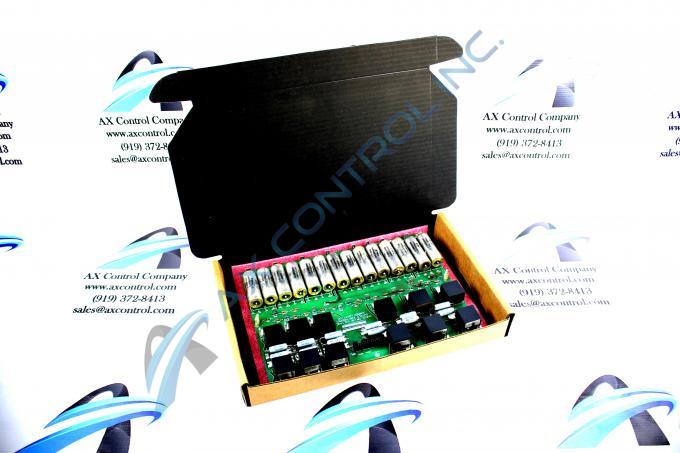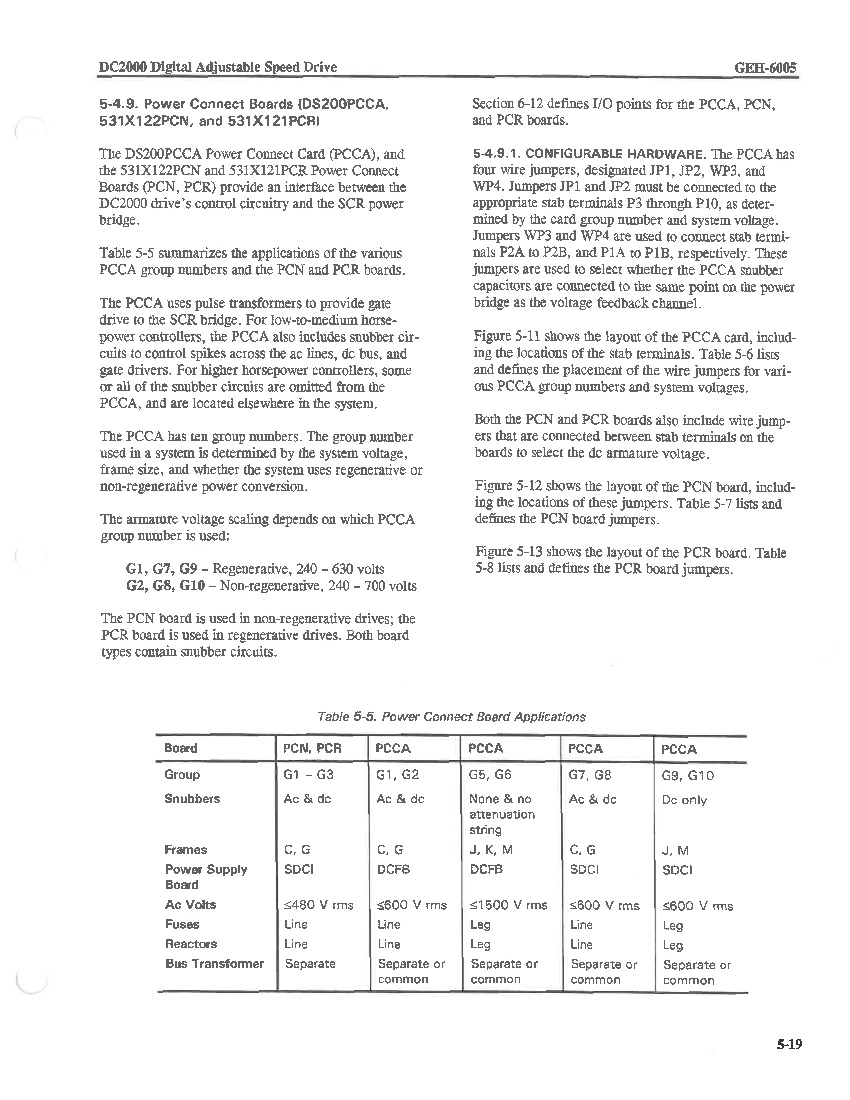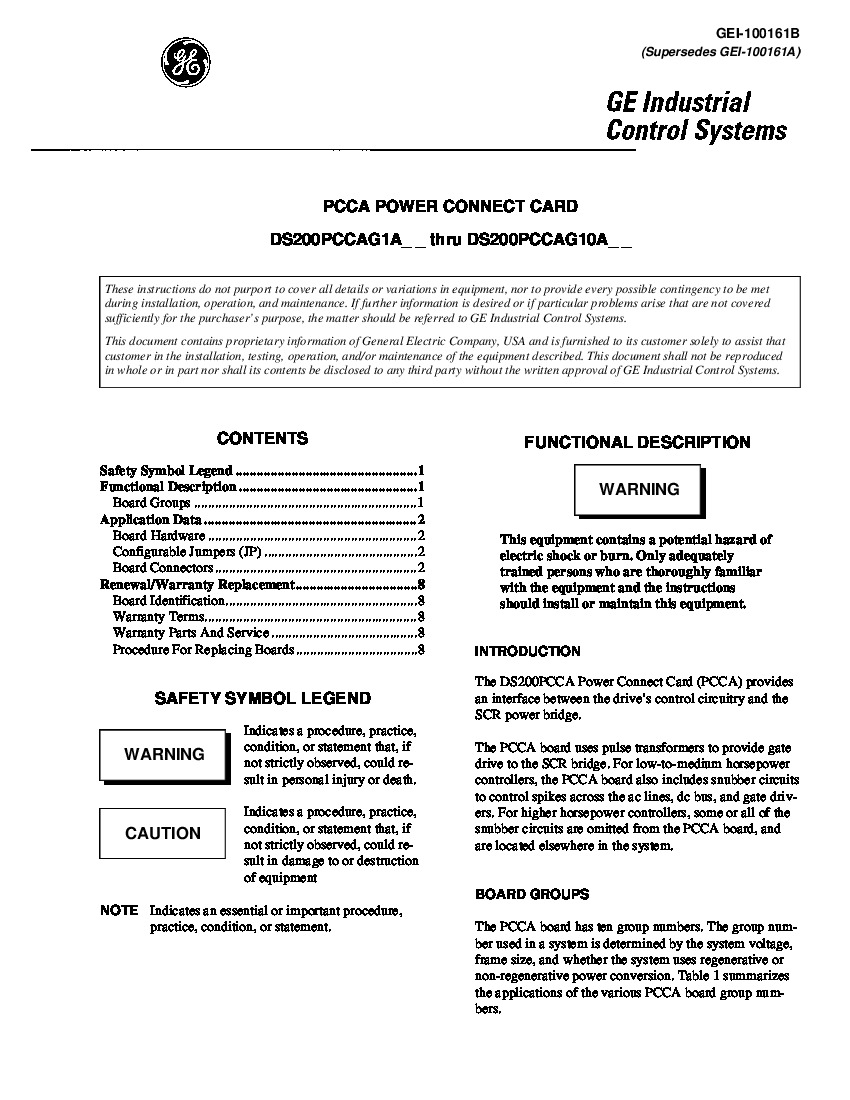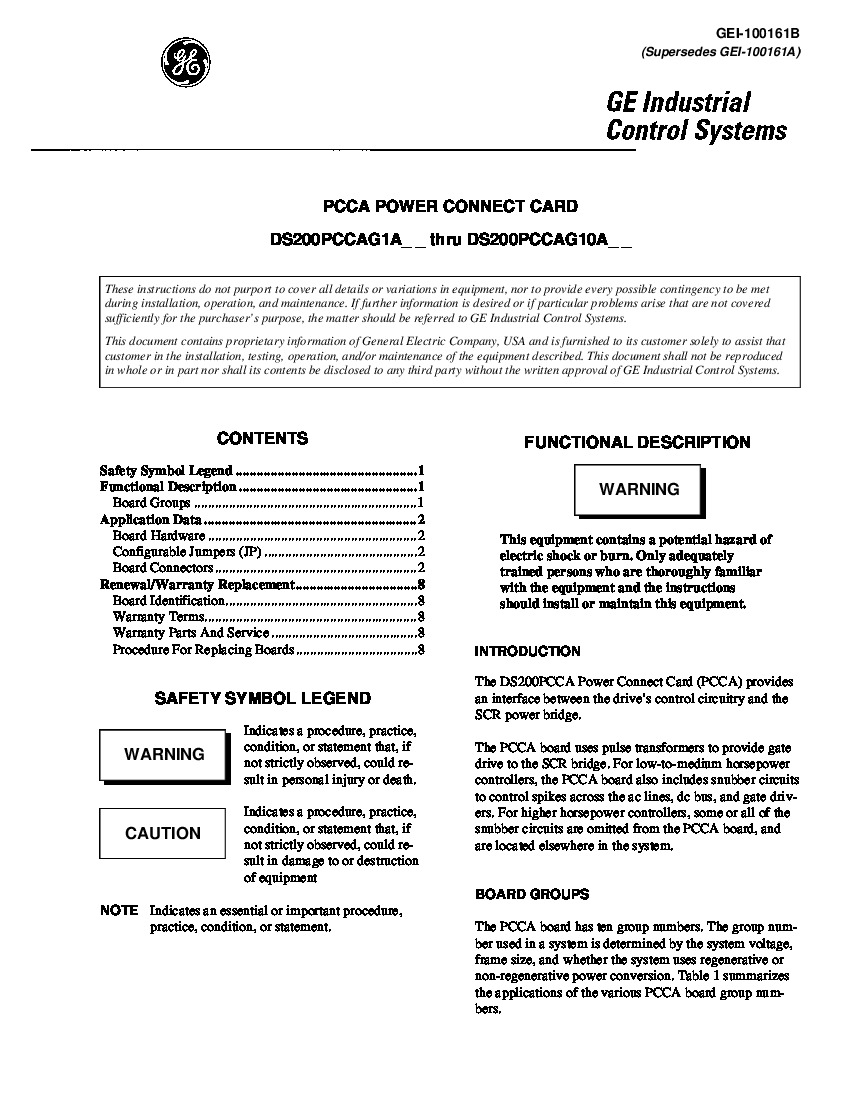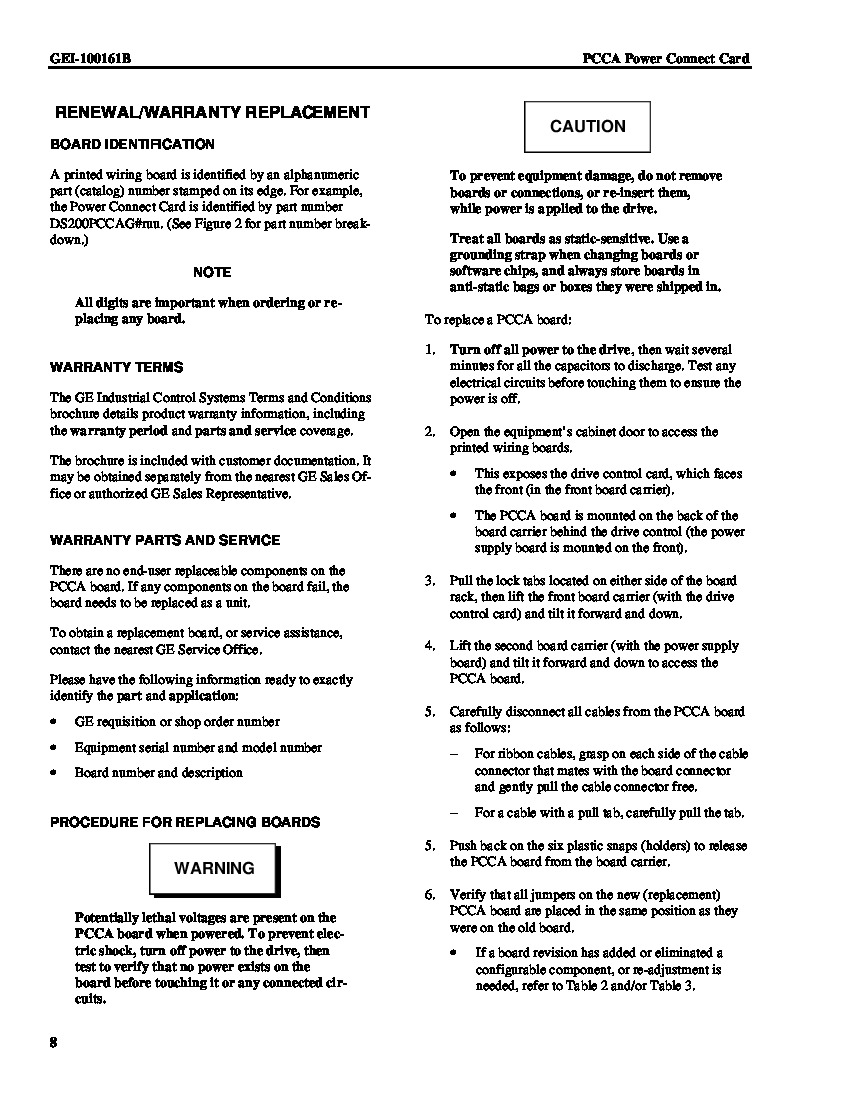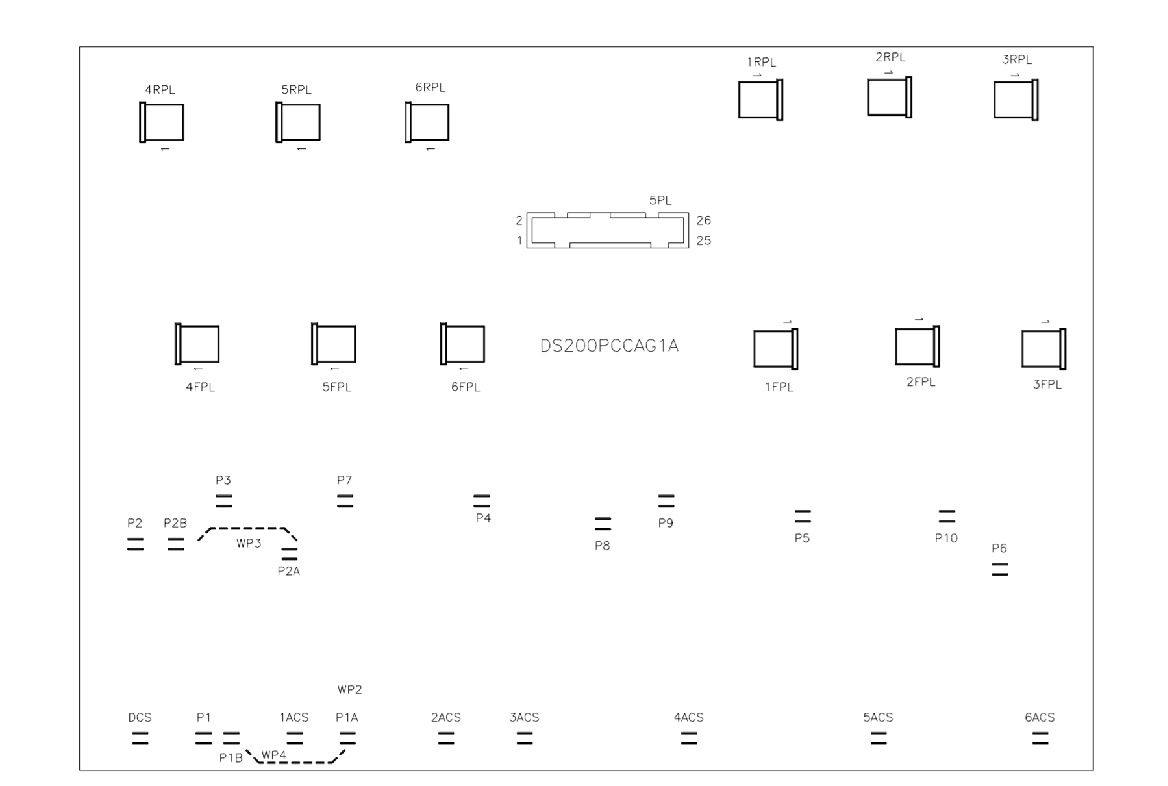About the DS200PCCAG1ADB
As mentioned in the DS200PCCAG1ADB Instructional Manuals provided in the manuals tab above for your convenience, this DS200PCCAG1ADB printed circuit board product offering from General Electric was originally manufactured for the Mark V Turbine Control System Series. The Mark V Series that this DS200PCCAG1ADB printed circuit board or PCB for short belongs to, as you may have guessed based on its full extended series name; has specific applications in the control and management systems of popular and compatible wind, steam, and gas turbine automated drive assemblies. With this DS200PCCAG1ADB PCB's potential alternative energy applications existing, it must still be considered an obsolete product series; as it was discontinued in one of the years past its initial production due to a manufacturer-identified functional obsolescence. This DS200PCCAG1ADB product offering's greater Mark V Series is not wholly undesirable on the figurative automated industrial marketplace, as it exists as one of the lastly-made Mark product series to make use of the patented Speedtronic control system technology across a range of series offerings.
Hardware Tips and Specifications
The GE DC Power Connect Board DS200PCCAG1ADB serves as an interface between the drive and the SCR power bridge. The connector for the DS200PCCAG1ADB is positioned in the rear of the circuit board cabinet on the drive and so the replacement procedure requires the servicer to move aside two other boards to gain access. The drive is designed so that the other boards do not need to be removed and can be easily tilted out of the away. Interestingly enough, this DS200PCCAG1ADB printed circuit board's General Electric manufacture ensures that it is at least accompanied by a functional product number delegating its various basic hardware specifications in a series of functional naming chunks, For example, the DS200PCCAG1ADB functional product number starts with the dual-functional DS200 series tag delegating this DS200PCCAG1ADB PCB's normal Mark V Series assembly as well as its domestic U.S. original manufacture location. Another important component in the DS200PCCAG1ADB functional product number would have to be described as its also dual-functional G1 series grouping tag, which primarily serves to describe this DS200PCCAG1ADB Board's normal PCB coating style and its group one Mark V Series product series grouping. The Group One Mark V Series grouping that this DS200PCCAG1ADB device attains based on its functional product number is responsible for outlining many of its basic hardware specifications, including its:
- Regenerative, 240 - 630 volts Armature Voltage Scaling
- Ac & Dc Snubber Styles
- C and G Frame Compatibility
- SDCI Power Supply Board
- >480 V rms
- Line Styles of Fuses and Reactors
- Separate Bus Transformers
Once you gain access to the cabinet containing the circuit boards, pull the locking tabs that secure the front board carrier. The board carrier contains the front board and can be tilted to one side without disconnecting cables. The next board carrier contains the middle board and you can tilt it downward to expose the DS200PCCAG1ADB. All cables must be removed from the board. First, note where all the cables are connected in the board. You can label the cables with the locations or use a diagram of the board to indicate the locations. Another option is to take a photograph of the board before you remove the cables. Ribbon cables are not engineered for heavy use or rough treatment. Remove the ribbon cables by holding the cable by the connector and pulling out the cable. Some other cables are held in place with tabs. Move the tab from the locking mechanism before you remove the connector. Remove all screws form a connector if they hold a connector in place. Don’t discard the screws or allow them to fall in the drive compartment. This DS200PCCAG1ADB Power Connect Board is not the originally-produced device of its specific Mark V Series functionality; that would be the DS200PCCAG1 parent PCB missing this DS200PCCAG1ADB options' three significant product revisions.



